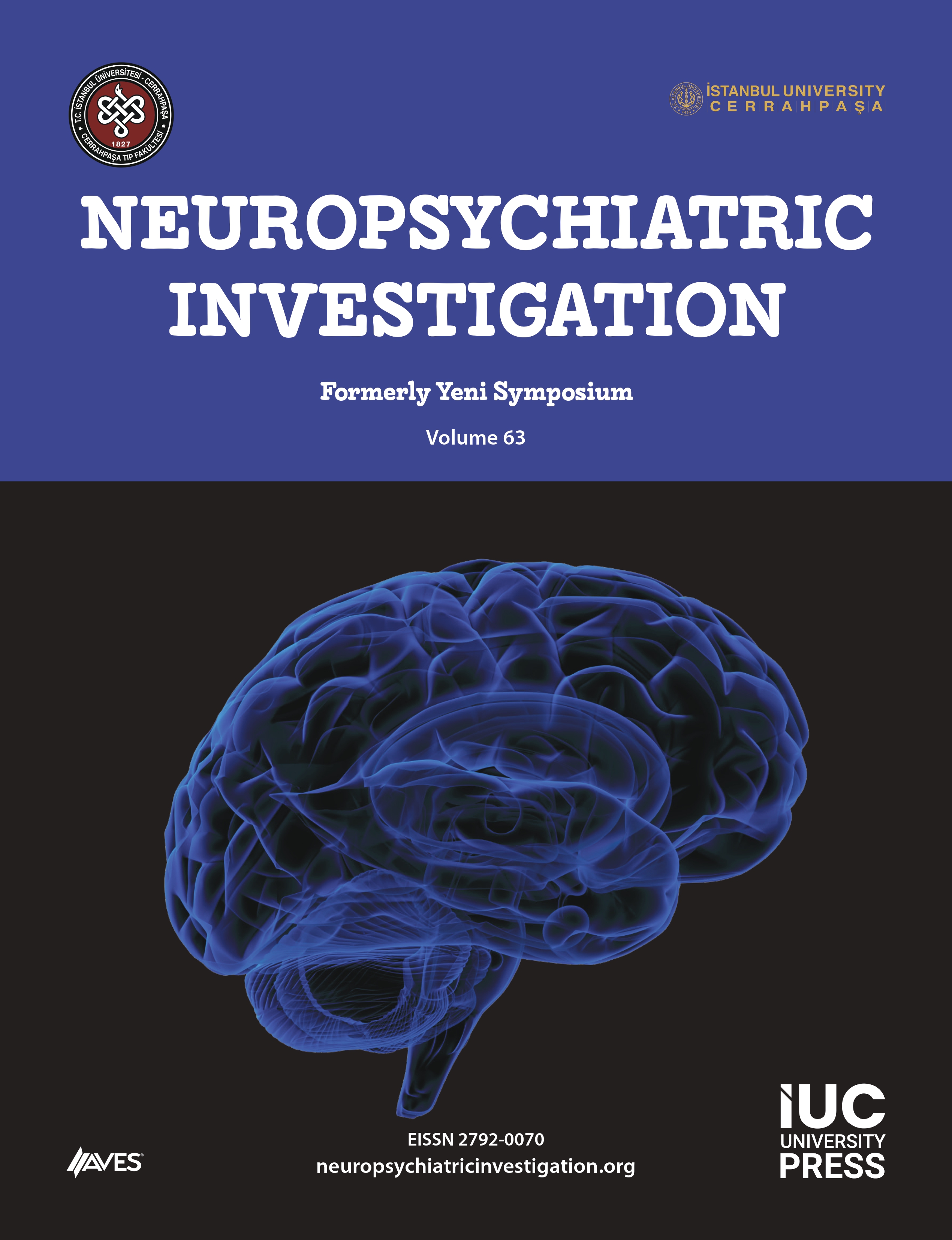Objective: The aim of this study is to compare anxiety, depression and attachment in tender age and adult pregnants in a township of Southeastern Anatolia Region.
Method: The study was conducted in a hospital in southeast of Turkey. 56 patients of obstetrics and gynecology clinic who did not have a psychiatric diagnosis were involved in the study. The patients were assessed after their routine control in gynecology clinic. Only the patients who could communicate Turkish contributed to the study. Help was received from a hospital employee who was fluent in Kurdish and Arabic when necessary. Tender age and adult pregnant women were evaluated by Hamilton Anxiety and Hamilton Depression Rating Scale, Parental Bonding Instrument (PBI), Adult Attachment Style Scale (AAS) and sociodemographic questionnaire.
Results: Between two groups statistically no significant difference was found in mother care, mother overprotection and father care subscales of parental bonding instrument (PBI); however father overprotection subscales were found to be significantly higher in tender age pregnant women compared to adult pregnant women. Statistically no significant difference was found between two groups with regards to Hamilton Depression scale and Hamilton Anxiety scale total scores. Avoidant attachment style was found to be associated with depression in tender age pregnant women, although such association was not found for the group of adult pregnant women.
Conclusion: A secure attachment style during pregnancy will be passed on to the child by mother, and the child as an inpidual under the influence of this bonding pattern will have its greater effects in its life and this primary attachment status will be transmitted to offspring. That is why it is important to break insecure attachments in risk groups and therefore developing new healthy attachment patterns should be aimed. The problems in the southeast of Turkey such as the language barrier and low literacy rate as well as the difficulty in applying the questionnaire make it difficult to conduct studies. Future research especially with women in this area is needed.




.png)